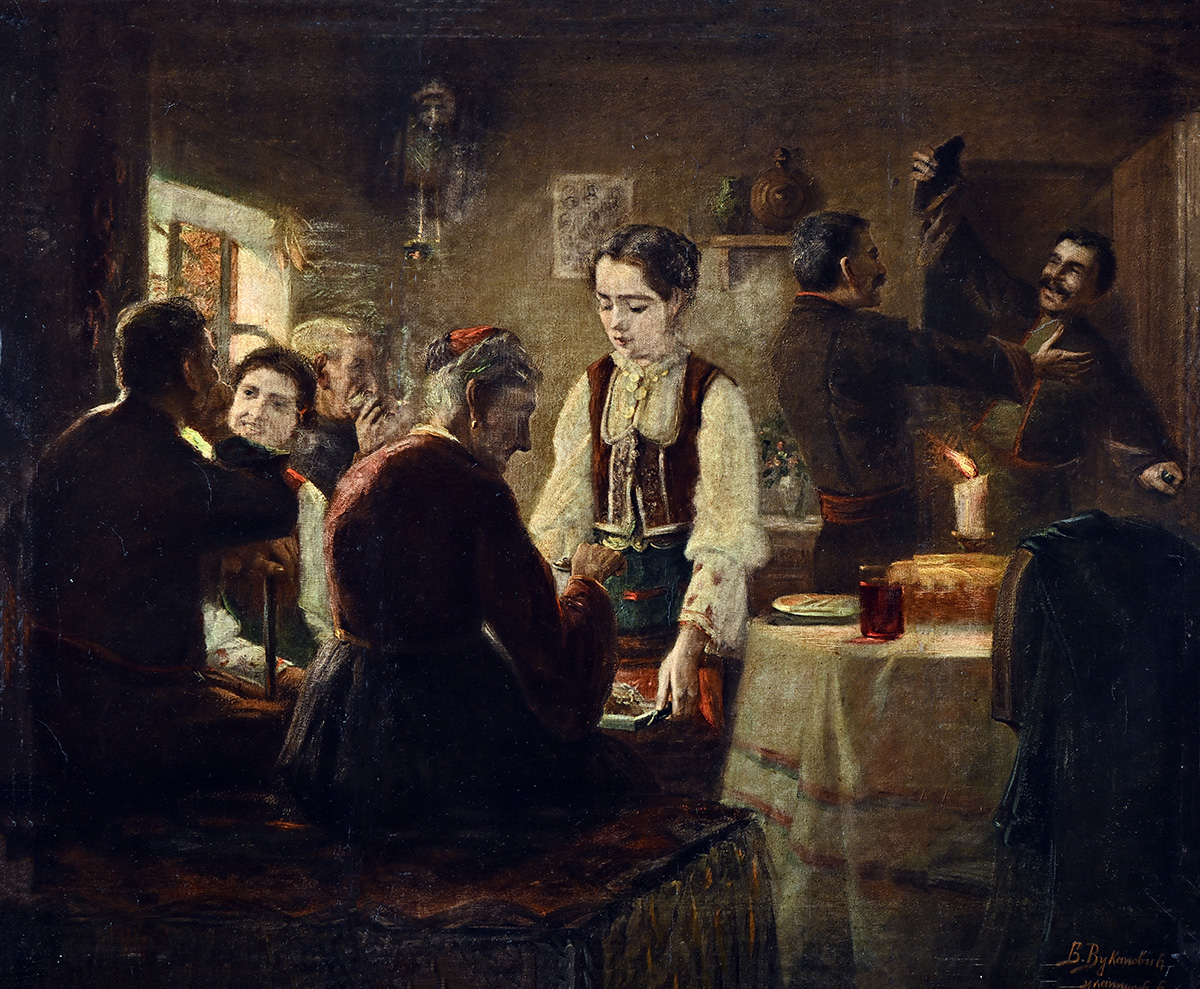Sanctuaries: Man and his Surroundings
Home is one’s dwelling, a place where families come together and where memories are created and preserved, a border that delineates the outer and inner worlds, the private and the public.
For centuries, the hearth was the center of an abode, a traditional space in which people gathered around fire, food, and warmth. In more recent times, for the upper classes this common place of gathering evolved into a salon where both the public and private life of a family took place. In the 19th and early 20th centuries, the salon or the “grand room“ was the most representative area of a home. Valuables, silverware, porcelain, icons, family portraits and paintings were “put on display” in this room to reflect the family status. It was a place for eating, celebrations, and a place where social standing was confirmed.
In the 1930s, home became the most frequent source of inspiration for intimist painters. Bourgeois interiors were painted as odes to tranquility, in which family members reveled in the peace and quiet of their homes while around them turmoil raged and fast-paced changes shook the world.
Nature has always been a source of life for humans, while landscape has been much more than a mere fragment of nature enclosed in a frame. Landscape first appeared in Serbian art as a background for religious and historical compositions, only to become a theme in its own right in the 20th century. Influenced by European modernists, Serbian artists stepped out of their studios and began painting outdoors. Creating in nature prompted the use of vibrant colors and resulted in a swiftness and lack of restraint while painting. In terms of narrative, a landscape is much more than just a depiction of scenery. For artists, they are images of personal history, visions of their own country, depictions of social change and forced relocations.
In the 20th century, the modernization and progress of Serbian society and its rapid industrial development were often glorified in art through images of construction sites, factories, and shipyards. The voices of critics were few and far between. Undoubtedly, these scenes have an entirely different meaning today.
Animals oftentimes found their way into idyllic images of nature, and served as objects of inspiration and admiration in art. Since ancient times, they have been used as metaphors for human characteristics and feelings. At the same time, the depiction of animals in visual culture can be interpreted as man’s need and attempt to comprehend nature and feel at one with it.

Beta Vukanović
Patron Saint Celebration, 1904

Jovan Bijelić
Portrait of the Vojinović Family, 1938

Slavka Petrović Sredović
Polar Bear, before 1956

Bogdan Šuput
From Kamenica Park, 1939

Marko Čelebonović
Interior with a Figure, 1934

Dimitrije Petrović
Vesuvius Ablaze, ca. 1870

Milenko Šerban
Spring on Fruška Gora, 1933

Petar Dobrović
Sea Landscape, 1927